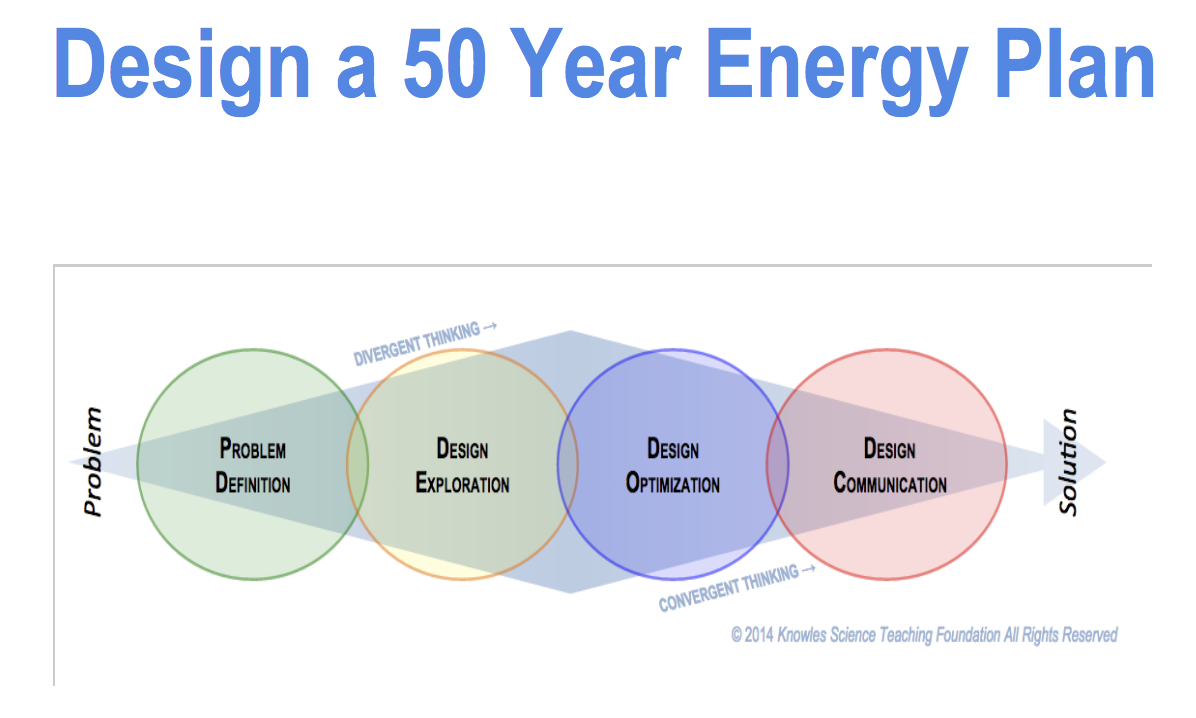Scaling up to Power Production: Let’s Engineer a Wind Turbine

1. Design, build, and refine a wind turbine in order to effectively and efficiently convert motion into mechanical energy and then into electrical energy
After working through Lessons 1 and 2 of this Unit, students are now familiar with the physics of how generators work. The next step in Lesson 3 is to investigate how existing power generation systems operate and supply electricity to entire geographic regions. Lesson 3 first focuses on engineering wind turbines and using real-life data to inform the design process. After a class-wide brainstorming session to identify what constraints and considerations will improve their projects, students divide into small groups to collect data on those individual design variables. For example, Group #1 tests how changing the number of blades impacts windmill performance, whereas Group #2 measures if/how different blade angles influence power output, Group #3 observes tower height, Group #4 looks at gear ratios, and so on and so forth. After recording information and uncovering patterns, each group shares results with the class. Using everyone’s collective findings, each small group designs an “ideal wind turbine.” Through the Engineering Design Process, each group will build, test, re-think, alter their designs and launch an evolved iteration at the end of this Lesson based on recorded data rather than just guesswork.
